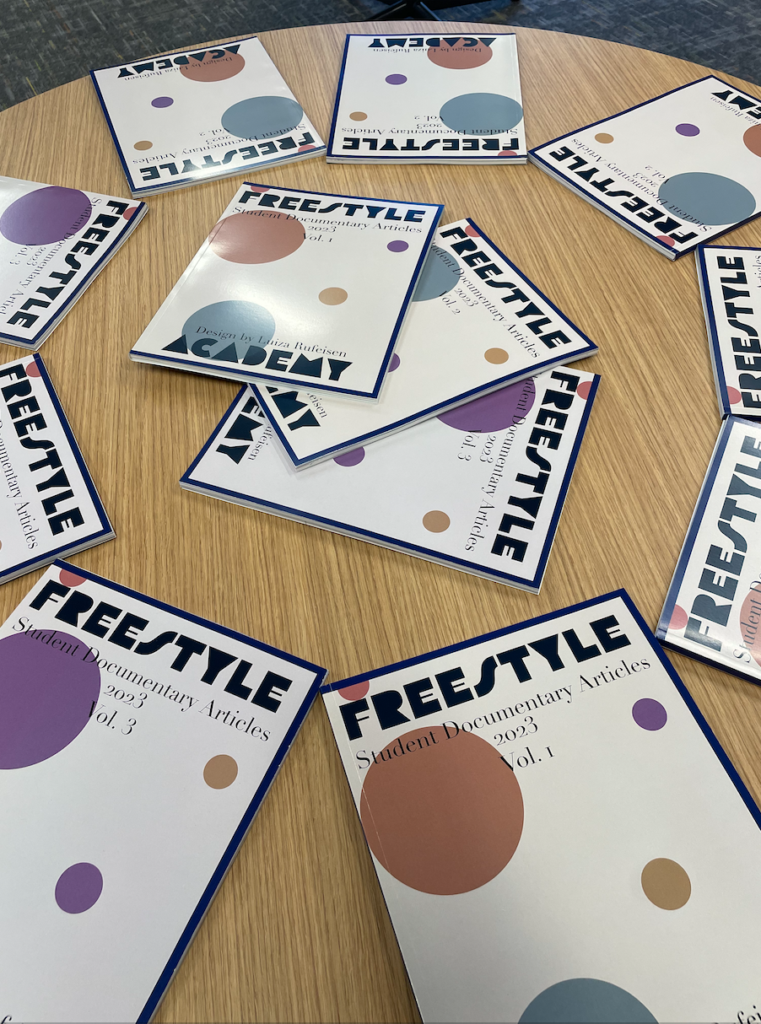Introduction
“How do you creatively and truthfully portray a significant person, group, place, idea, or issue in the community?”
This unit was the most challenging as well as the most fulfilling, we have done at Freestyle. We combined our English work, Digital Media work, and Design work in order to portray a magazine article using Adobe Indesign, a 34-page book using Adobe Indesign, and a research paper in MLA format.
I went through many ideas and subjects until I finally came upon an idea that resonated with my love for music and political change. My question was how did the rock music of the 1960s become a vehicle for change? I worked with my English teacher Mr. Greco and went overall several organization processes to narrow down this topic. I focused on three movements and three rock songs that represented those movements. My first song was “Revolution” by The Beatles, which represented the Anti-War movement. My second song was “What’s Going On?” by Marvin Gaye, which represented the Civil Rights Movement. My last song was “Piece of My Heart” by Janis Joplin, which represented the Sexual Liberation Movement. I had the privilege of interviewing two musicians alive during the 1960s and they were able to give me two different perspectives and enlighten me on the musical process. I began drafting my paper in preparation to place it in the book I was designing. The book design was a hard process because when it comes to design I am a perfectionist. I spent hours after school adjusting the slightest difference in order to produce a book that I finally became very proud of. Finally, in digital media, I condensed the book into a magazine article and made a short video that summarized my central question using Adobe AfterEffects.
English Class Production
How did the rock music of the 1960s become a vehicle for change?
English is where we did all the writing for this project. We began by brainstorming several ideas, then we started thinking about who we could interview. For my project, I wanted to find someone that was born before the 1960s and knew about the music of that era. I was so lucky as to interview Alan Bendit, a musician that was alive during the 1960s, attended Anti-War Protests, and performed with several bands. He was one of the most interesting people I have ever met, hearing stories from his life made me want to live my life to the fullest. I spent an accumulated 4 hours interviewing him over several weeks, I gathered many stories of his life and focused my paper on one in particular: how he was drafted during the Vietnam War and how he eventually got out of it (He also came up with the name Rockin’ to the Apocalypse). My second interview was with a musician, he was a pleasure to interview, he taught me so much about the musical process and how that process reflected political change during the 1960s. After my two interviews, I began turning the interviews into transcripts, I then highlighted key elements from the transcripts. To form my paper into a book I started with a Dedication, Acknowledgement, Preface, Introduction, Chapter 1, Chapter 2, Chapter 3, Conclusion, and Author Biography section. I went to several drafts with Mr. Greco redoing and altering each section. I then put all the text into the final book (see below).
Interviewees
Alan Bendit was Born in New York and grew up in Indiana he moved to San Francisco in 1969. Bendit is a Musician, Producer, and Teacher. When Bendit was 18, he played with two bands with hit records, The Rivieras and The Castaways. Playing with these groups, he had the opportunity to open for some major rock legends including Jerry Lee Lewis, The Yardbirds, and Paul Revere and The Raiders. Bendit studied Audio/Video Production at Indiana University (Bloomington), Former Writer/Producer/Video Engineer at KEMO-TV Channel 20, and is currently a guitar teacher and bass guitar teacher at the School of Rock Palo Alto.
Gregory Robinson, a ‘United Scenic Artists Local USA 829, IATSE Member’, is ‘An Artist That Paints With Sound’. His sound effects, sound design, music, production sound, post-production mixing, and recordings have been featured in local, regional, and national radio and television advertising; short films; documentaries; corporate video; and theatre. His work has been featured in an Emmy award-winning documentary, “How We Played The Game”, and he has been recognized by the San Francisco Bay Area. Critics Circle, with a Sound Design ‘Excellence in Theatre Award’ for “Water By The Spoonful”, and a nomination for “Proof”. Gregory holds positions as a ‘Motion Picture Post Production Sound Editor/Designer’, and a ‘Production Sound Recordist & Instructor’ at the ‘Academy of Art University, San Francisco’.
Design Class Production
For Design, we learned how to use Adobe Indesign in order to create a book out of our English paper. I went through several drafts of my book. I wanted my graphic design elements to be each singer of the song my chapter was on. I drew John Lennon, Marvin Gaye, and Janis Joplin. I still wanted to maintain a minimalistic feel while following the color palette.



I then wanted to choose the perfect font to represent the 60s, however, I wanted the font to be classy. So I used a more groovy font and a more modern font. I then came up with the background for each page: I wanted cream-colored pages, low-opacity blocks that corresponded with my color palette, and low-opacity flowers that corresponded with my color palette. I wanted to use archival photos from the 1960s and put them in full spreads, half spreads, and gallery style throughout the pages to keep things interesting. I fine-tuned the book and finished and I am really happy with the result!
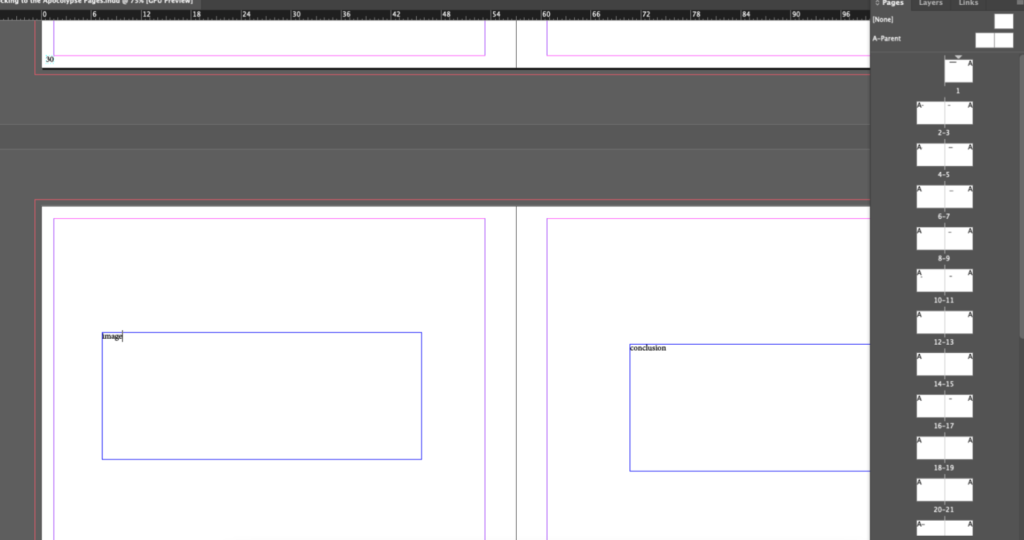
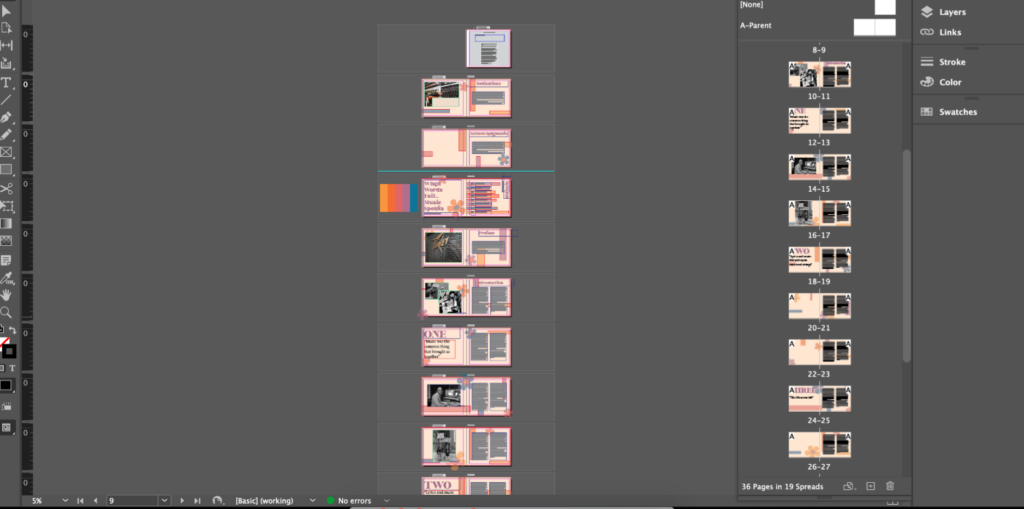
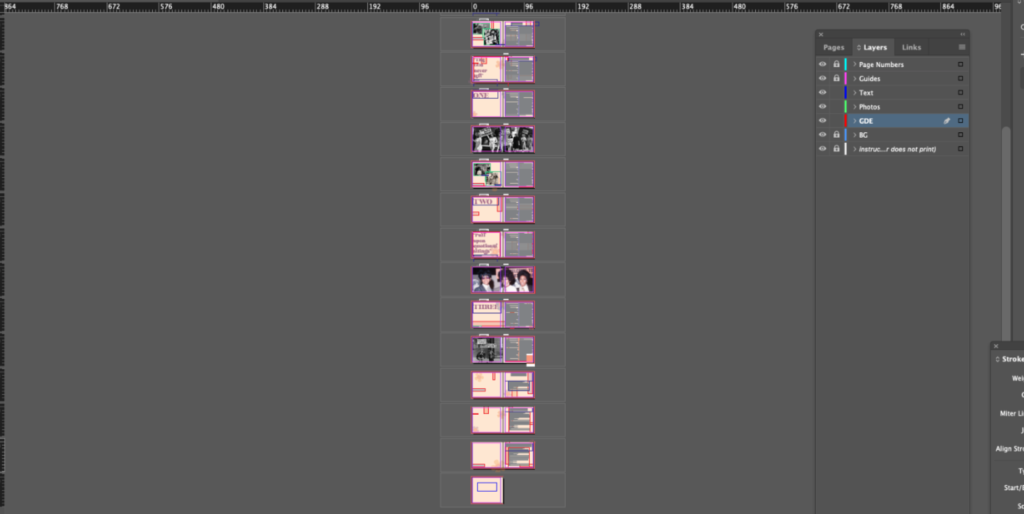
Digital Media Class Production
For Digital Media, we turned our English paper into a 6-page article. I wanted my article to have the same graphic design elements throughout my page. I wanted the colored blocks and flowers to cover the cream color page, and have my three figures (John Lennon, Marvin Gaye, Janis Joplin) on each spread with text wrapped around it. I put four columns on each page as well with my main font for the heading and the pull quotes. I ended the article with a headshot and a QR code on the right corner
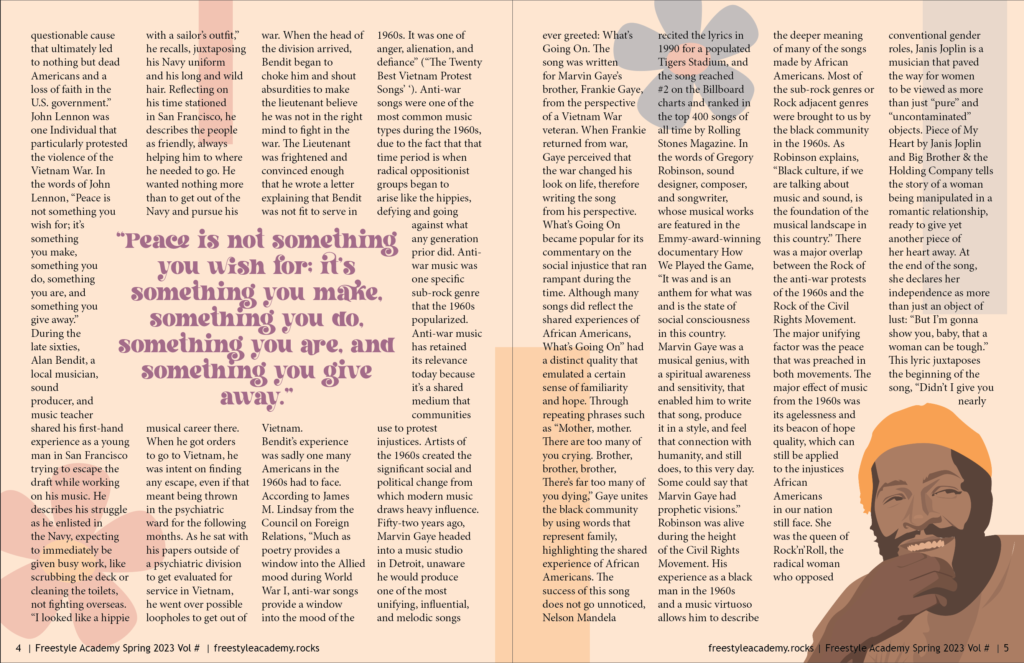
Introduction vid
For Digital Media, we turned our documentary paper into a short video using Adobe Aftereffects. Since I am still learning video editing, I wanted to make my video straightforward while also being artistic. I began the piece with an archival video from Marvin Gaye’s “What’s Going On” music video. I faded the title, source, and my name into the archival video. I then faded out to some pictures that accurately represented my paper, photos from the 1960s. I made the photos match the beat, used the Ken Burns effect to make the still photos move, and lowered the opacity to have them fade out delicately. I ended the video with the introduction paragraph of my paper and showcased videos from Woodstock. In the background, I put royalty-free 1960s surf-rock music. I am pretty proud of how this video turned out.
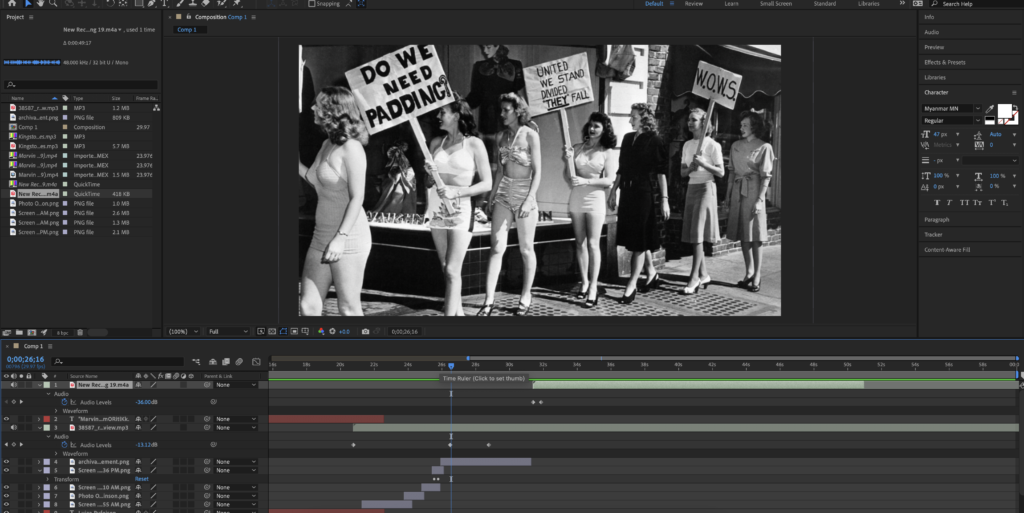
Reflection
I learned a lot from this unit. I learned how to be patient with a project and revise it, no matter how long it takes until I am proud of it. I am so happy with how this project turned out, the hours and hours of revisions were worth it. I learned that I love making books, the euphoric feeling of being handed a physical object after spending hours on it digitally. This was my favorite Freestyle project so far and I want to thank Mr. Greco, Ms. Parkinson, and Mr. Florendo for helping me through every step of it.
I also got to design the cover of the student documentary articles and I think it came out super cool.

